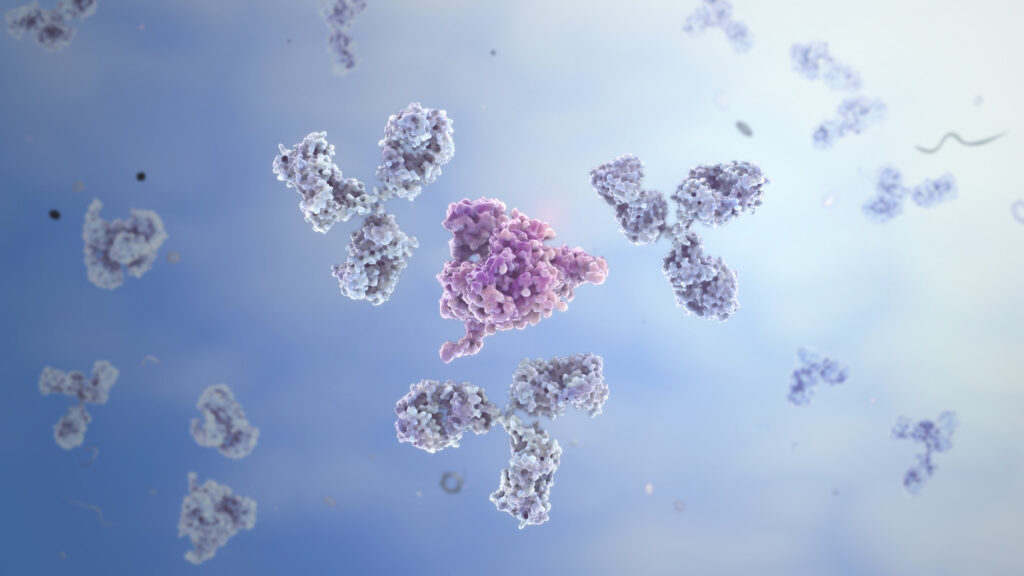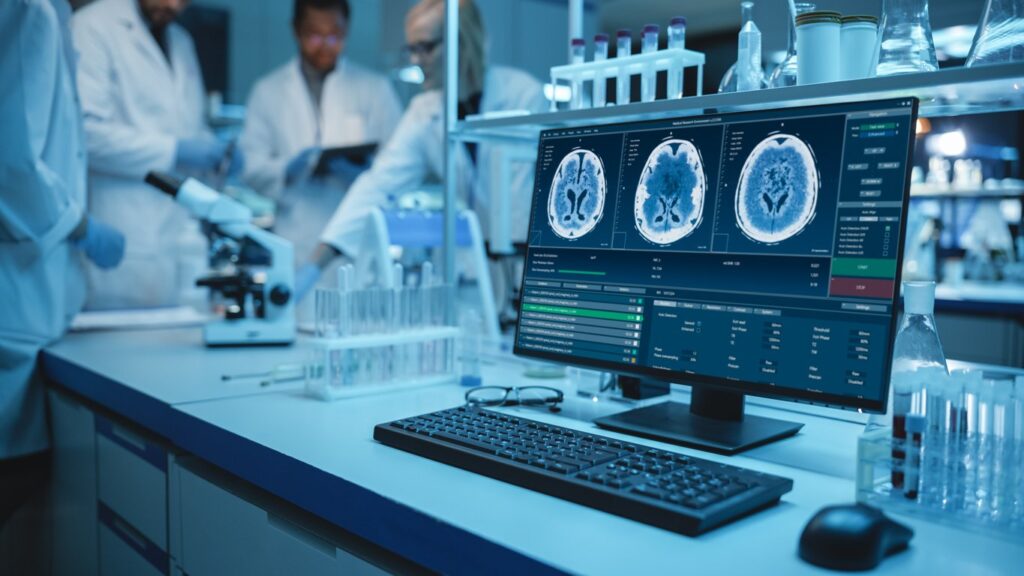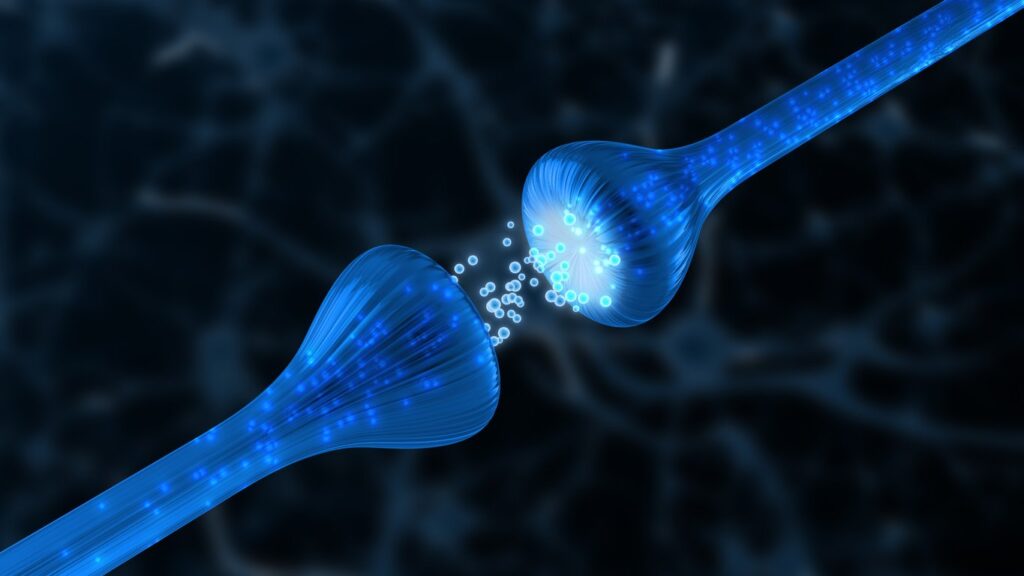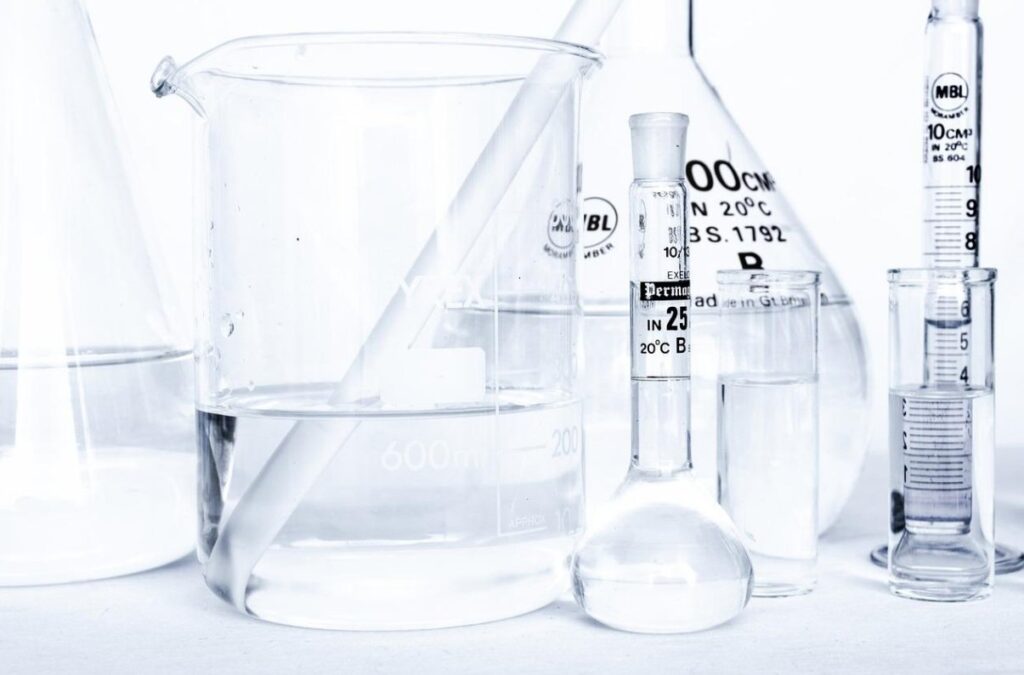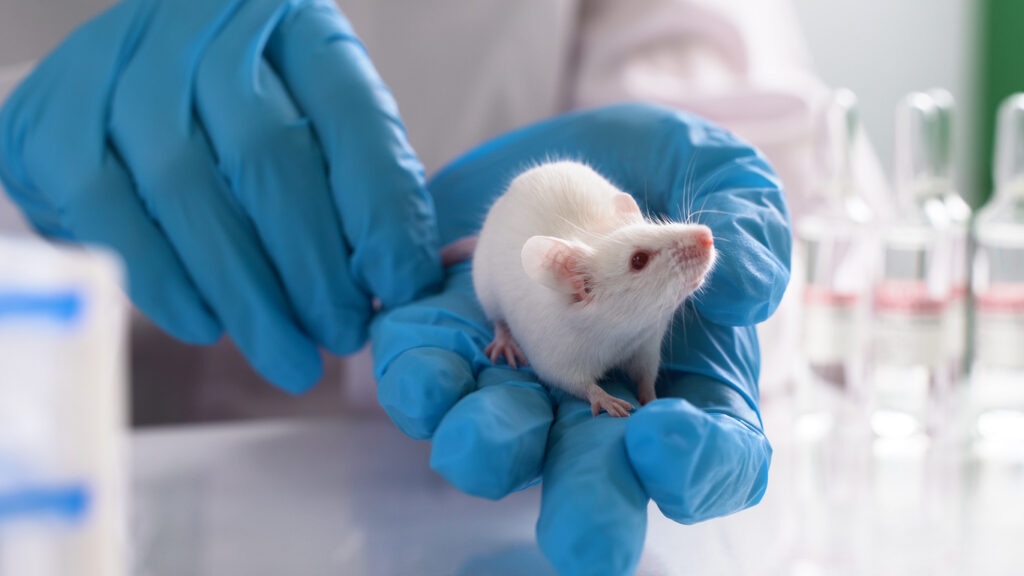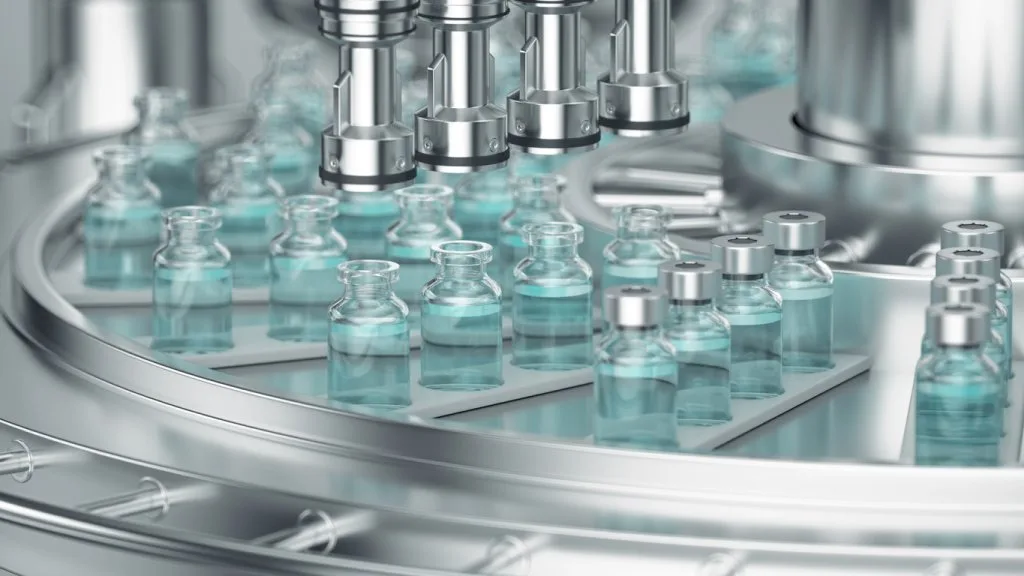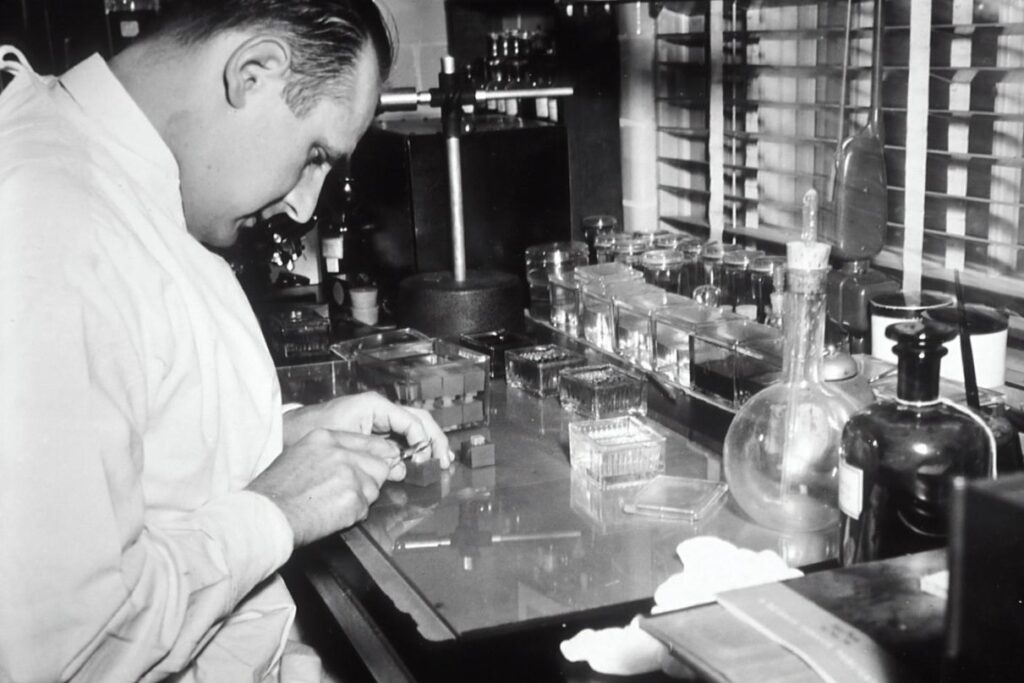Peptide Blog
All articles and shared info are for educational purposes only.
Latest Peptide Articles
NAD+ Peptide and Cellular Aging
NAD+ peptide (nicotinamide adenine dinucleotide) is a coenzyme that plays a potential role in various biological processes, particularly in cellular metabolism. It is derived from the B-vitamin niacin (vitamin B3) in redox reactions, transferring electrons during metabolic reactions. NAD+ exists in two forms: oxidized (NAD+) and reduced (NADH). The scientific theory posits that the oxidized...
N-Acetyl Selank Studies on Cognitive Impact
N-Acetyl Selank is an acetylated form of the heptapeptide Selank. Selank is a synthetic analog of the natural tetrapeptide tuftsin (threonine - lysine - proline - arginine). The sequence of N-Acetyl Selank is acetyl - threonine - lysine - proline - arginine - proline - glycine - proline. Adding proline - glycine - proline at...
Acetyl Hexapeptide-3 and Neuromuscular Synapse
Acetyl Hexapeptide-3 (Argireline) is a synthetic peptide used in scientific research. It is a chain of six amino acids connected in a specific sequence: N-acetyl - L-alpha-glutamyl - L-alpha-glutamyl - L-methionyl - L-glutaminyl - L-arginyl - L-arginine amide. Acetyl Hexapeptide-3 has gained attention for its potential molecular mechanisms that may interact with the release of...
Kisspeptin-10 and The Central Nervous System and Hypothalamus
Kisspeptin-10, aka Metastin (45-54) or KP 45–54, is a peptide that is derived from the cleavage of Kisspeptin-54, which itself is produced from a precursor polypeptide encoded by the KISS1 gene. Kisspeptins are naturally produced by hypothalamic cells in the central nervous system. The kisspeptin (KISS1) gene, found in those cells, encodes a 145-amino acid...
Exploration of N-Acetyl Semax Actions in the Central Nervous System
N-Acetyl Semax is a synthetic peptide that is an acetylated version of Semax. Like Semax, it consists of a 4 amino acid fragment (Met-Glu-His-Phe), a common part in the sequence of all melanocortin hormones, such as the adrenocorticotropic hormone (ACTH), and a Pro-Gly-Pro fragment as a stabilizer, that is attached at the C-terminus. The acetylation...
Exploration of Gonadorelin (GnRH) in Hormone Regulation
Gonadorelin (GnRH), also known as growth hormone releasing factor (GHRF), somatocrinin, or somatoliberin, is a decapeptide made of 10 amino acids and has the sequence: pyro-Glu-His-Trp-Ser-Tyr-Gly-Leu-Arg-Pro-Gly-NH2. The first amino acid, pyro-Glu, is an unusual form of glutamic acid undergoing cyclization. Scientists consider this cyclization important for Gonadorelin's biological activity, as it may increase its stability...
Potential Research Applications of PE-22-28 Peptide
PE-22-28 is a synthetic peptide analog of spadin, a protein naturally produced in the central nervous system. The sequence of PE-22-28 is based on a fragment of the spadin protein that corresponds to the chain from the 22nd to 28th amino acids of its sequence. More specifically, the amino acid sequence of PE-22-28 is Proline...
Cell Proliferation and Gene Expression in Regards to Vilon Peptide
Vilon peptide was developed in the 1990s by researchers at the Institute of Immunology in Moscow, Russia. The development of Vilon was part of a broader research program aimed at developing novel immunomodulatory peptides. The researchers were particularly interested in peptides that could regulate the activity of T-cells, a type of white blood cell that plays...
Modified GRF (1-29) and Growth Hormone Synthesis
Modified GRF (1-29) is a peptide hormone that is also known as CJC-1295 without DAC (Drug Affinity Complex). It is a synthetic analog of growth hormone-releasing hormone (GHRH) and is designed to increase natural production of growth hormone. Similarly to other GHRH analogs, it appears to work by binding to the growth hormone-releasing hormone receptor in...

